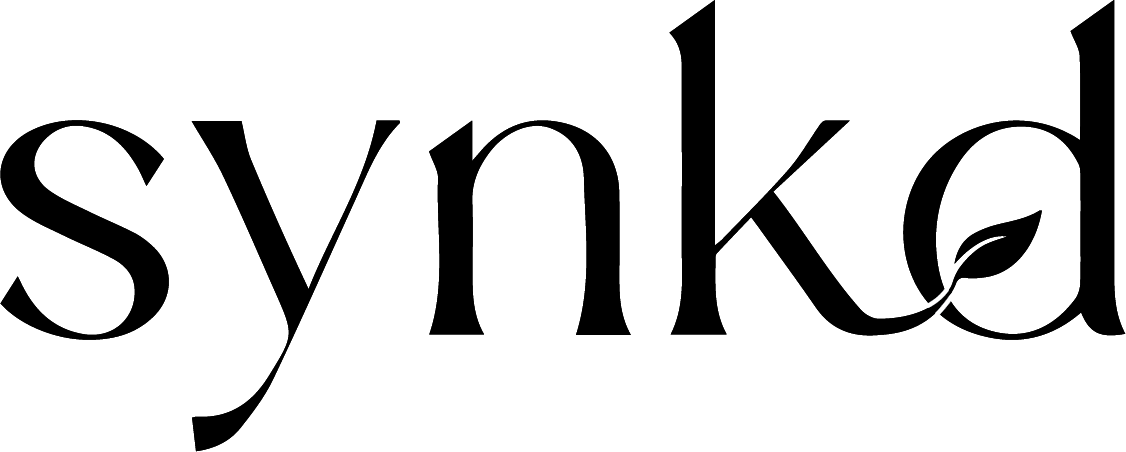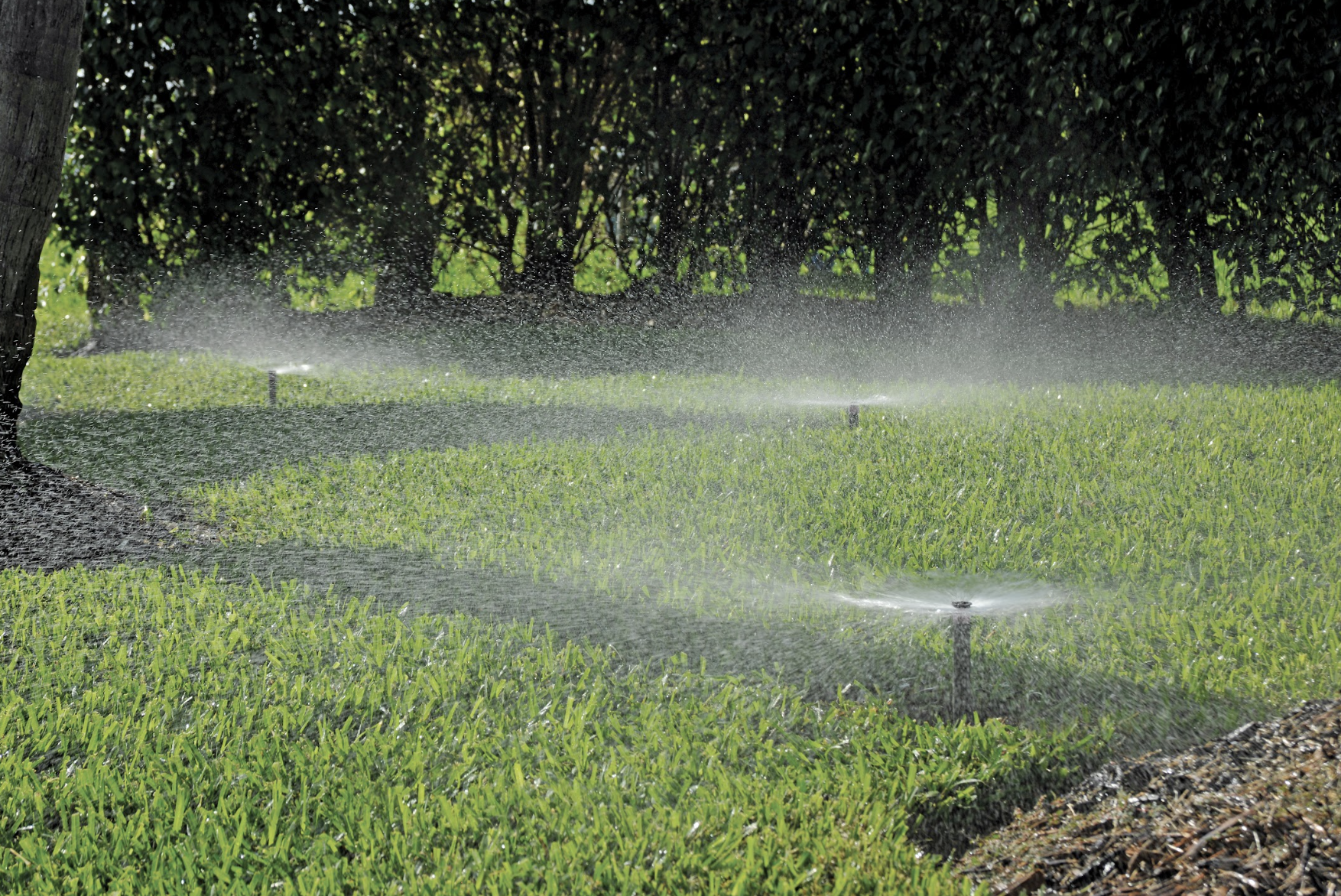3 min read
2 Smart Ways Landscapers Can Save Clients Money & Boost Business
 Ian Yarian
:
Aug 2, 2024 9:00:00 AM
Ian Yarian
:
Aug 2, 2024 9:00:00 AM
Upgrading a client’s irrigation system with a wifi-capable smart controller and regulating sprinkler pressure are a winning combination for landscape contractors, their clients and the environment.
According to the U.S. Environmental Protection Agency’s (EPA) WaterSense website, water experts estimate that 50 percent of water used outdoors is lost to evaporation, wind or runoff from overwatering. That’s the bad news. The good news is that these two irrigation system additions are an easy way for contractors can save their customers money and lessen their environmental impact while boosting their revenue stream.
Upgrading to a smart controller can save the average homeowner 15,000 gallons of water annually, a 30 percent reduction in usage, the EPA reports. Regulating water pressure further reduces consumption, saving 18,000 to 20,000 gallons annually—enough to fill a swimming pool.
Install, Pair, Program, Save
If a client’s old controller is upgradable, installing and programming a new smart controller can take 30 minutes or less. Once paired with a local weather station, the device receives precise data—temperature, humidity, wind speed and precipitation—enabling it to adjust watering based on the most current weather conditions.
Some controllers can even be programmed with specific information about what’s growing in the landscape—plant type, water requirements and root depth—to further tailor watering cycles for maximum savings while ensuring plant health.
 Hunter Pro HC Controller Install
Hunter Pro HC Controller Install
Some additional benefits of smart controllers include:
- The ability to monitor the system and program the controller remotely, reducing the need for on-site visits and manual adjustments.
- Immediate notification when something goes wrong with the system, allowing for remote shutoff via a smartphone or tablet if the controller doesn’t do it automatically.
- Avoid penalties for overwatering or accidentally watering on the wrong day in communities where water use is regulated.
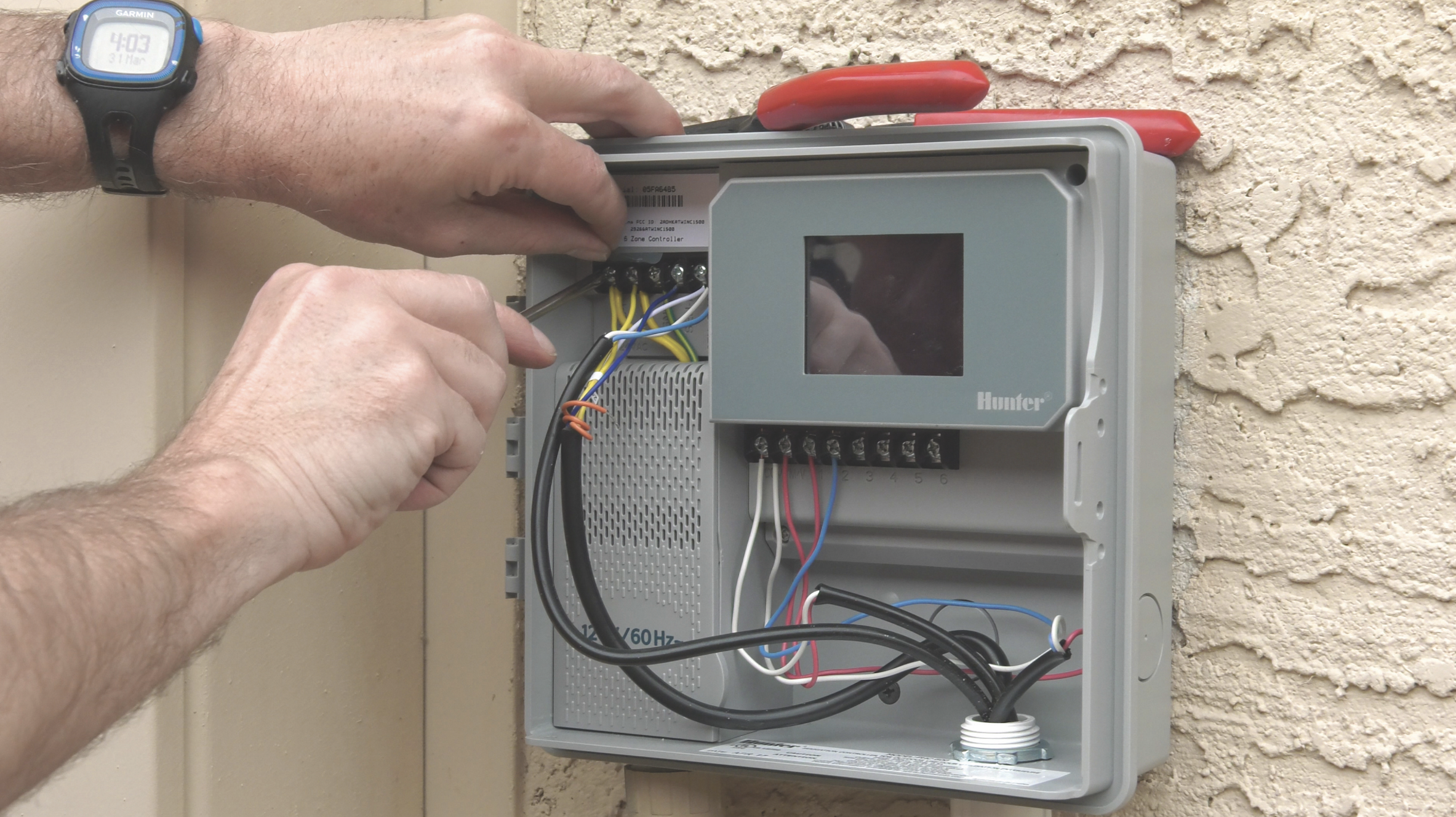
Why Pressure Regulation Matters
Fluctuating water pressure can wreak havoc on a landscape and its irrigation system. Low pressure can lead to uneven spray, causing large patches of brown throughout the lawn. High pressure not only has the potential to damage the system, it also can cause sprinkler nozzles to emit a fine mist that evaporates instead of reaching the landscape.
Water pressure—pounds per square inch (PSI)—can vary dramatically by area. Pump stations and valves provide some PSI control, but pressure deteriorates as water moves through each sprinkler head. As a result, the last head on the irrigation zone will have lower pressure than the first head, reducing spray coverage.
The ideal way to control PSI is at the sprinkler head, with a pressure-regulating spray (PRS) head or rotor, or even bubblers and drip zones. Pressure coming into and through the valve is usually higher than optimal for the head, but a PRS head/rotor ensures that the pressure at every head is the same and only allows it up to the optimal PSI for that head.
Preventing water loss from misting and ensuring even watering are the two primary benefits of PRS. They also ensure that pressure is spread evenly throughout each sprinkler head on the zone when there isn’t enough water pressure to reach optimal PSI at all heads.
Water pressure also controls the distance of the spray stream. Systems in low-pressure areas can be designed to take that into account.
Be sure to check local and state codes before planning an upgrade to ensure it complies with regulations addressing the sale and/or use of pressure-regulating spray heads. You may still want to use PRS for their benefits even if you’re not in an area that has regulatory requirements.
Consistent water pressure:
- Reduces runoff and minimizes overspray
- Ensures uniform water distribution
- Prevents under- and over-watering
- Decreases the need to manually adjust or reposition sprinklers
The bottom line? Regulating PSI at the head is the most efficient way to save water and improve the landscape.
 Spray Head Sprinkler
Spray Head Sprinkler
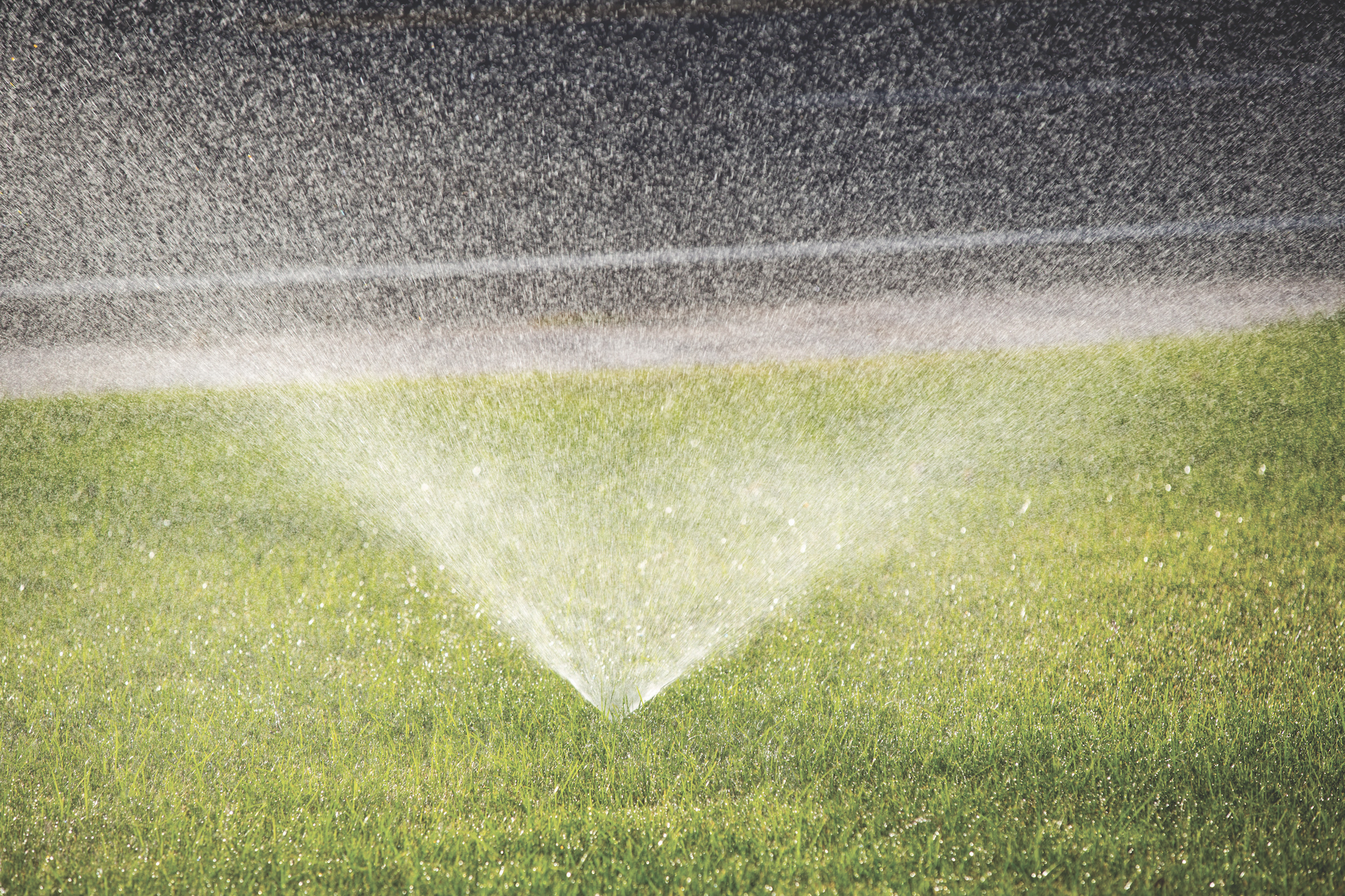

(Left) Misting too much water; (Right) Correct Pressure
Are Upgrades Worth It?
Is it worth it to upgrade an irrigation system’s controller and sprinkler heads? The answer is a resounding “yes.” Upgrade costs are easily offset by water cost savings and potential rebates.
Upgrading also allows landscape contractors to build trust with their clients by proving their ability to save them time and money, to sell other irrigation products or services and to build their business through referrals from happy customers.
Talk with your distributor’s irrigation experts for ideas, resources, solutions and strategies to help your clients and build your business. For more information about water-efficient landscapes, WaterSense-labeled products and more, visit epa.gov/watersense.
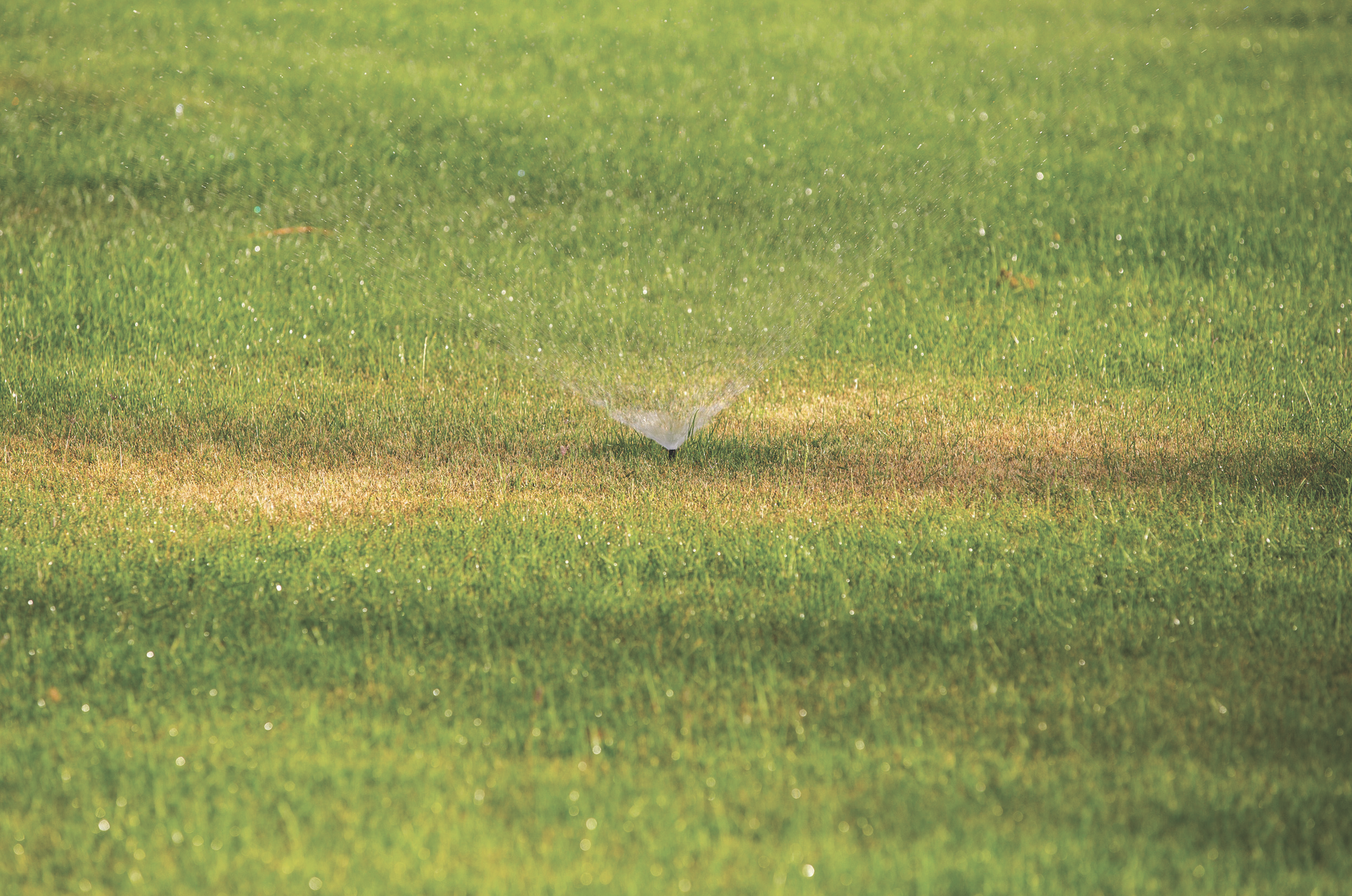
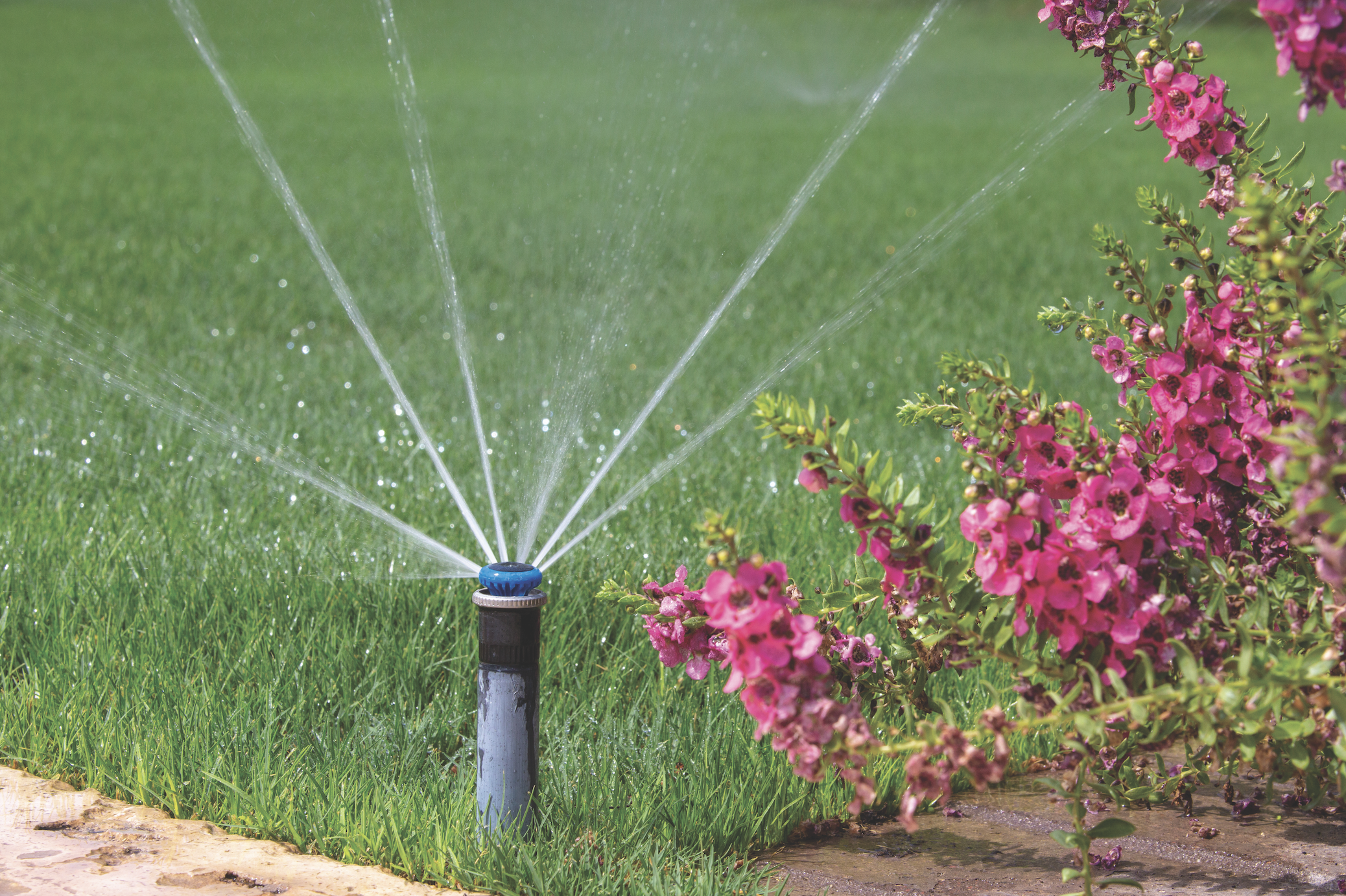
(Left) Not a Smart Lawn Example; (Right) Smart Lawn Example
Water Facts
- U.S. households use an estimated 29 billion gallons of water daily. Nearly nine billion gallons are used outdoors.
- 28 million homes have in-ground sprinkler systems controlled with inefficient devices. Upgrading them could save 390 billion gallons and $4.5 billion in water costs annually.
Source: epa.gov/watersense
ABOUT
Ian Yarian is Ewing Outdoor Supply’s national irrigation category manager, supporting more than 250 locations nationwide. www.EwingOutdoorSupply.com
CONTACT
Larry Giroux
Email: lgiroux@ewingos.com
www.EwingOutdoorSupply.com
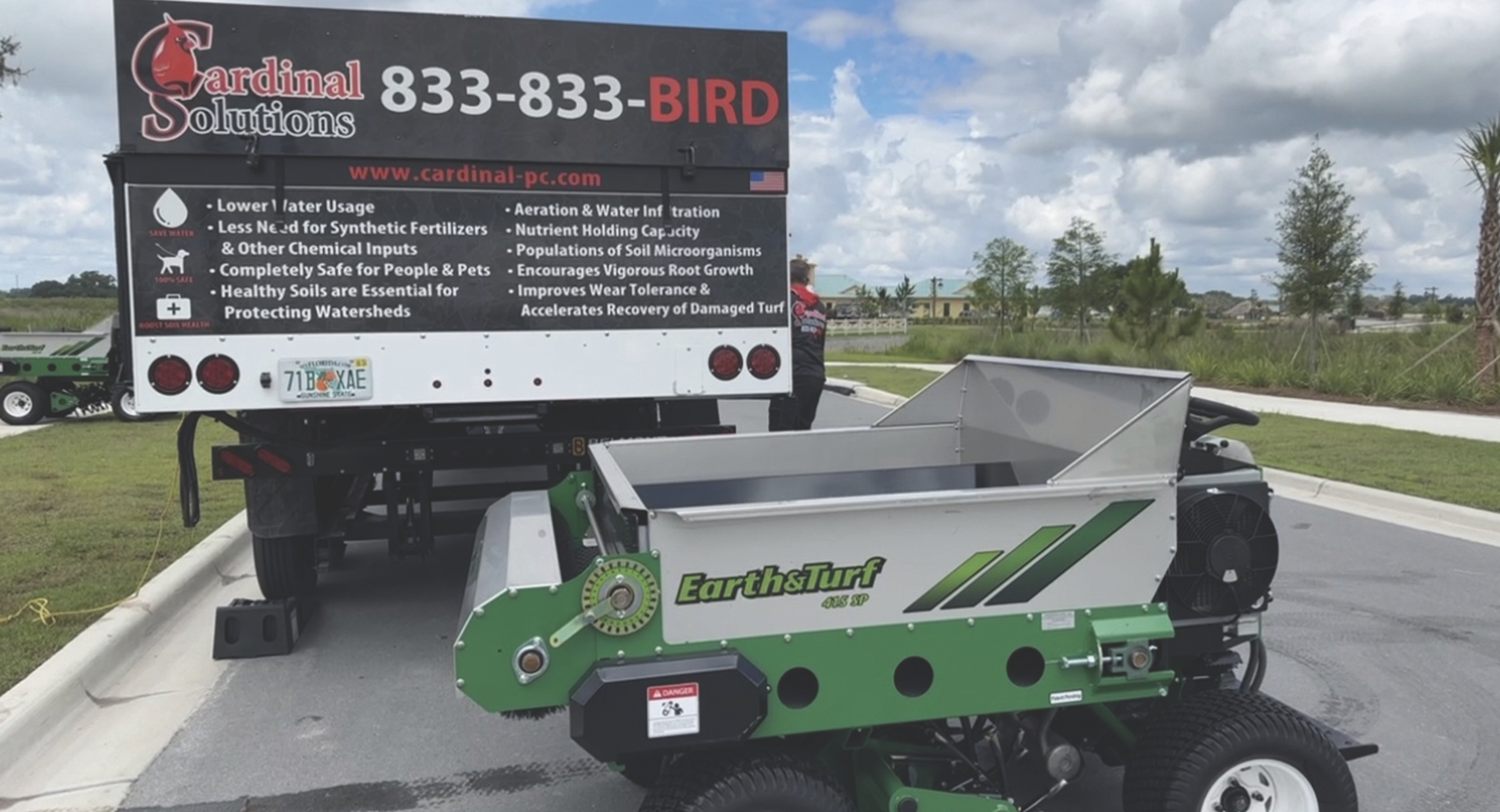
Faster Work, Stronger Landscapes
Reviving Florida Soil, Saving Water, Keeping Employees Safe & Doubling Revenues with Mulch Mate
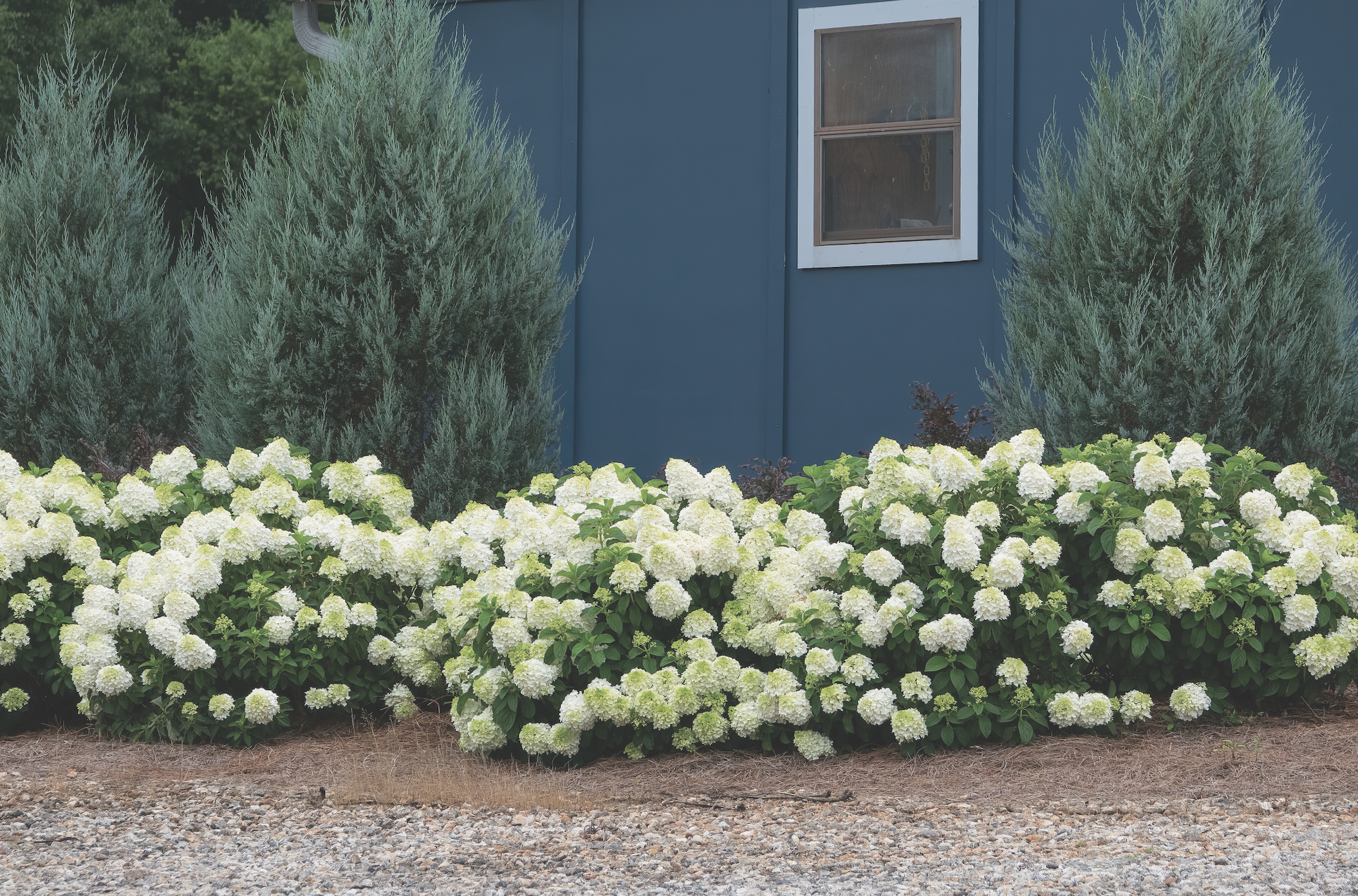
Sizzle & Bloom
Flowers that Beat the Heat in the U.S. South & West
.png?width=541&height=218&name=synkd%20logo%20w%20tagline%20(2).png)
